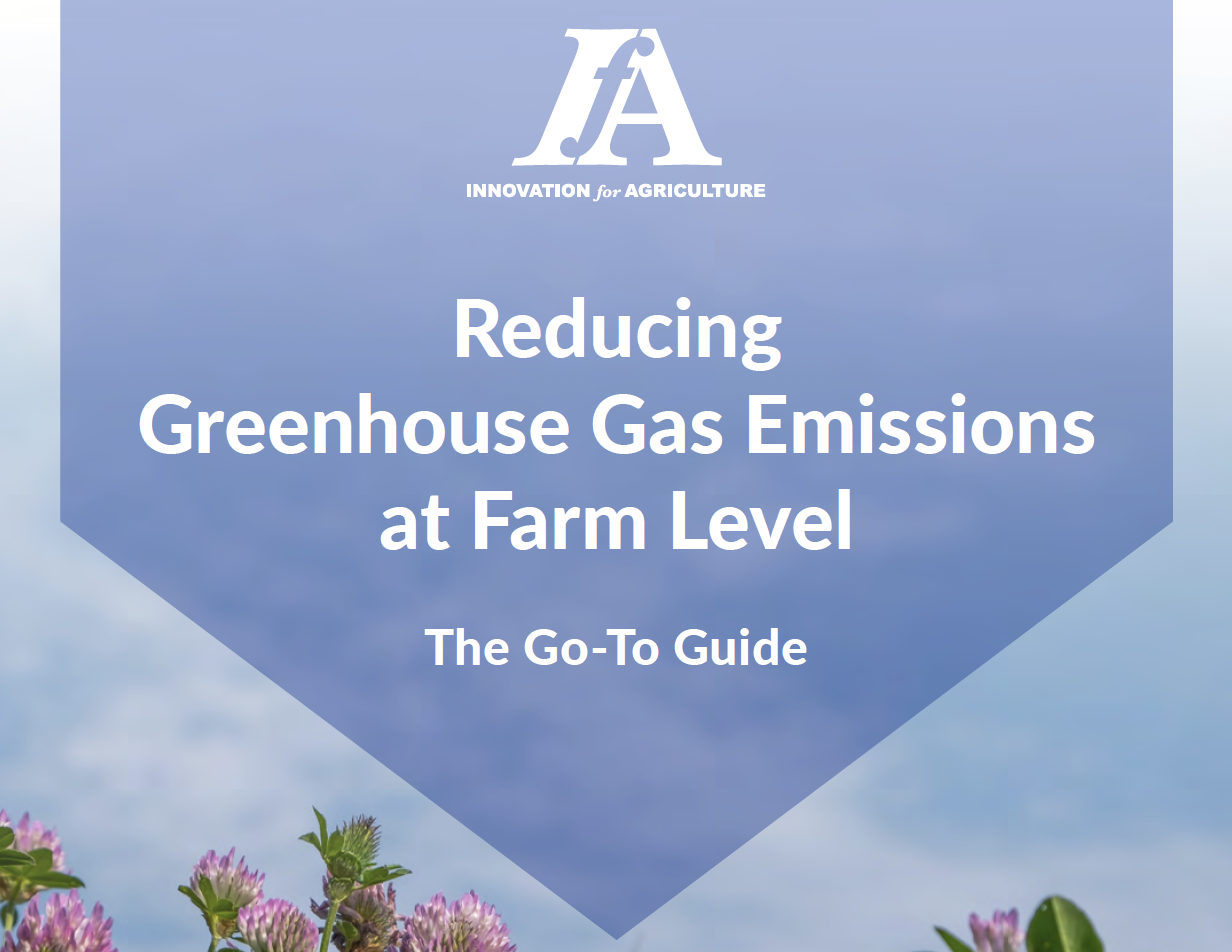
Are you interested in the positive impact that your farm could have in tackling climate change? Are you looking to meet the demand for low carbon farming in a way that is both economically beneficial and environmentally friendly? Do you want an easy-to-understand, quick reference guide for your farm enterprise which will help you to be part of the solution in reducing global greenhouse gases? Then this guide is for you.
We are hugely excited to finally launch our practical and applicable guide for reducing on farm GHG emissions. This piece of work which was produced on behalf on the WWF/Tesco partnership, aims to offer farmers ready to use solutions, weighing up the possible environmental impact against the positive benefit cost ratio for farm business.
This guide aims to make reducing your greenhouse gas footprint easier to understand and implement by:
1. Providing easy to understand information for agricultural businesses
2. Demonstrating a pathway to success through simple steps that you can take now and into the future with signposting to further resources and tips
3. Helping you to prioritise what action to take and when
Offering advice on the pathways to success and the best steps for implementing possible 'actions', this guide recognises that farming is part of the solution to climate change, rather than the blame. UK farmers have an enormous opportunity to be at the forefront of action against climate change and we hope that this guide offers impartial advice for those at the start of their climate smart farming journey.
There are many ways farmers can reduce GHG emissions from on-farm operations and this guide is a useful tool to help you get there. Whether that’s changing the way you manage your land and soil, or how you feed and look after your livestock, there is something every farming sector and system can do to make a positive difference. Some of the actions described also have added bonuses for biodiversity or for the management and welfare of livestock.
The actions presented in the guide were discussed with a group of farmers from across the UK to ‘sense-check’ the science. Experiences from those already implementing changes on farm have informed the guide to make it as relevant and practical as possible.
We hope that this guide is both useful and inspiring... click here to take a look!




